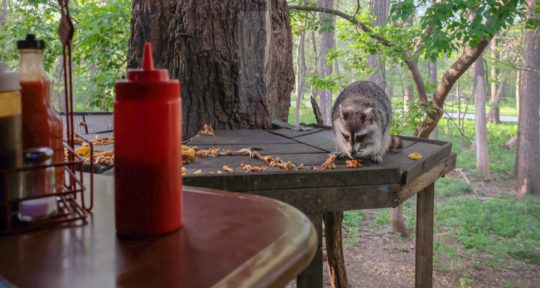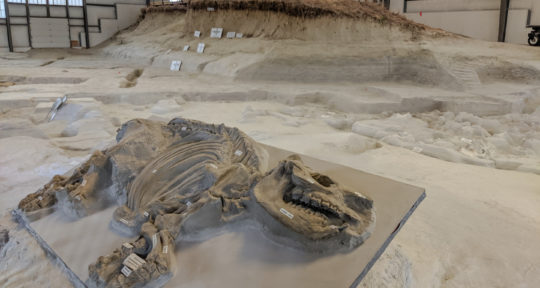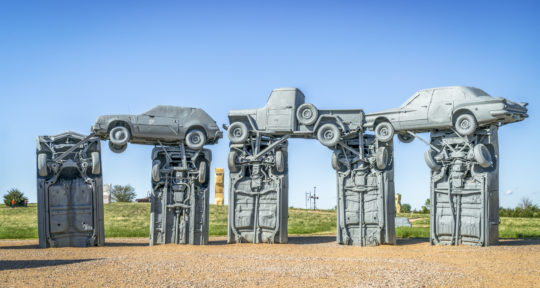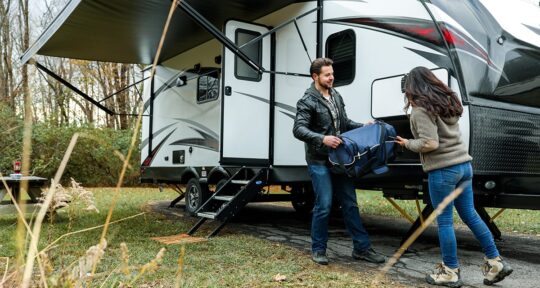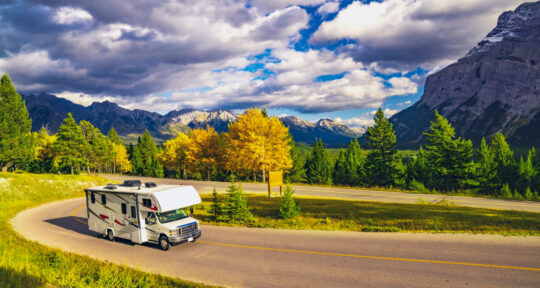Like many Americans, I first learned about Arbor Day in elementary school, where I was given a tiny tree seedling to plant at home. I received a brief lecture on the important role trees play in our ecosystem, but I never thought twice about where the trees came from. In my mind, baby children were still being delivered by storks so perhaps baby trees were delivered by some other bird?
In fact, Arbor Day was founded in Nebraska City, Nebraska, home to the Arbor Day Farm, a 260-acre National Historic Landmark.
The history of Arbor Day
J. Sterling Morton was a Nebraska newspaper editor and environmentalist that strongly advocated for individuals and civic groups to plant trees around the state. In 1872, he and his wife Caroline conceived of Arbor Day and attempted to further motivate would-be environmentalists to get involved by offering prizes to the individuals and counties that planted the most trees. It worked. On the first Arbor Day—April 10, 1872—an estimated 1 million trees were planted in Nebraska.
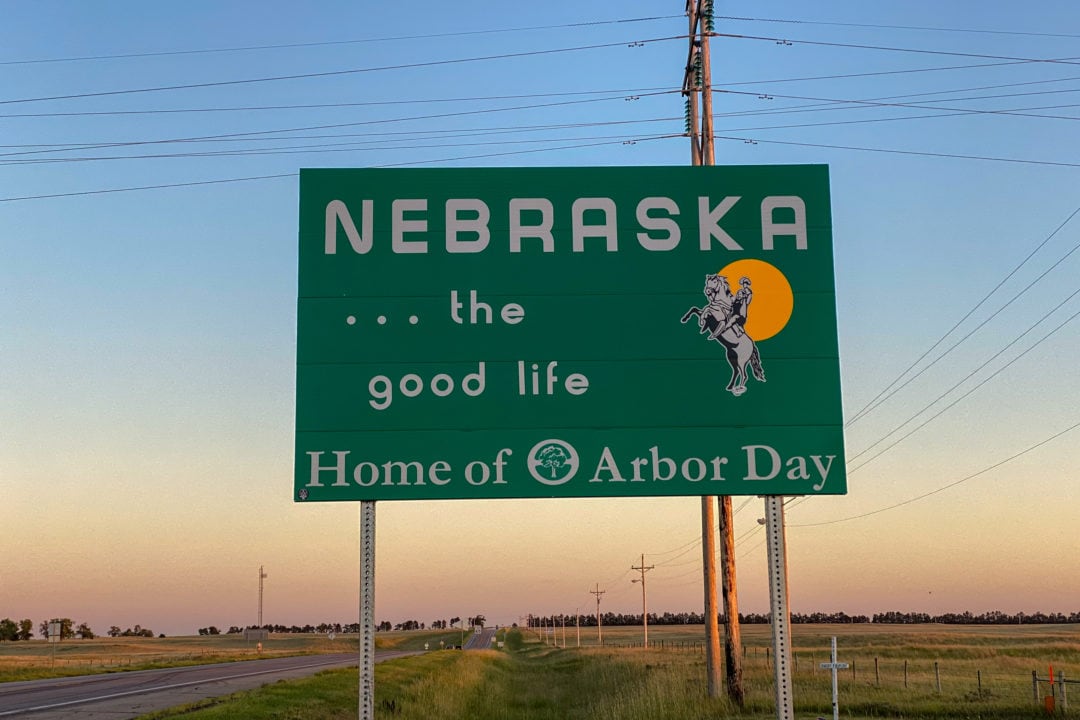
By 1885, Arbor Day was declared a legal state holiday in Nebraska and by 1920, more than 45 U.S. states and territories acknowledged the holiday. National Arbor Day is officially celebrated on the last Friday in April, but many states observe Arbor Day during the time of year that coincides with the best season for tree planting in their region. For instance, Florida celebrates the third Friday in January, Tennessee celebrates the first Friday in March, and North Dakota celebrates the first Friday in May. Several states, such as California and Maine, dedicate an entire week to the celebration.
Once I arrive at the Arbor Day Farm, I head straight to Tree Adventure to hike its forested trails. The dirt and wood chip paths are well-maintained and studded with carved animals, wooden mushrooms, and interactive activities. What looks like a series of wooden birdhouses is actually a “stop and smell” activity for visitors to guess the scents inside of small, carved trees. I lean down and stick my nose in front of the scent box’s tree-shaped hole but I can’t place its intoxicating fragrance. I try the next few scent boxes but have no luck; apparently, I should have paid more attention during Arbor Day activities in school. I lift the tiny doors at the bottom of the boxes to reveal the secret scents: white juniper, honeysuckle, pawpaw, and white sage.
I stroll across the property to Arbor Lodge. The 52-room former Morton family mansion is now a museum that preserves the architecture, design, and ideas of the time. Curated exhibits detail the history of the Morton family, including J. Sterling Morton’s son, Joy Morton, who went on to found the Morton Salt Company. A series of old-timey murals located in downtown Nebraska City features one dedicated to Morton Salt.
Entering the mansion’s sun parlor, I notice the ornate skylight made of Tiffany glass, just above a small television broadcasting a looped video of the home’s history. Unlike the majority of the exhibits in the home, which have remained unchanged for decades, a newer exhibit is prominently displayed in the sun parlor. Large cardboard panels acknowledge J. Sterling Morton’s racist past and admit that, though he remains an honored figure in Nebraska, he was “consistently on the wrong side of racial issues, ignoring and belittling the voices of equality while amplifying the voices of bigotry and reaction.”
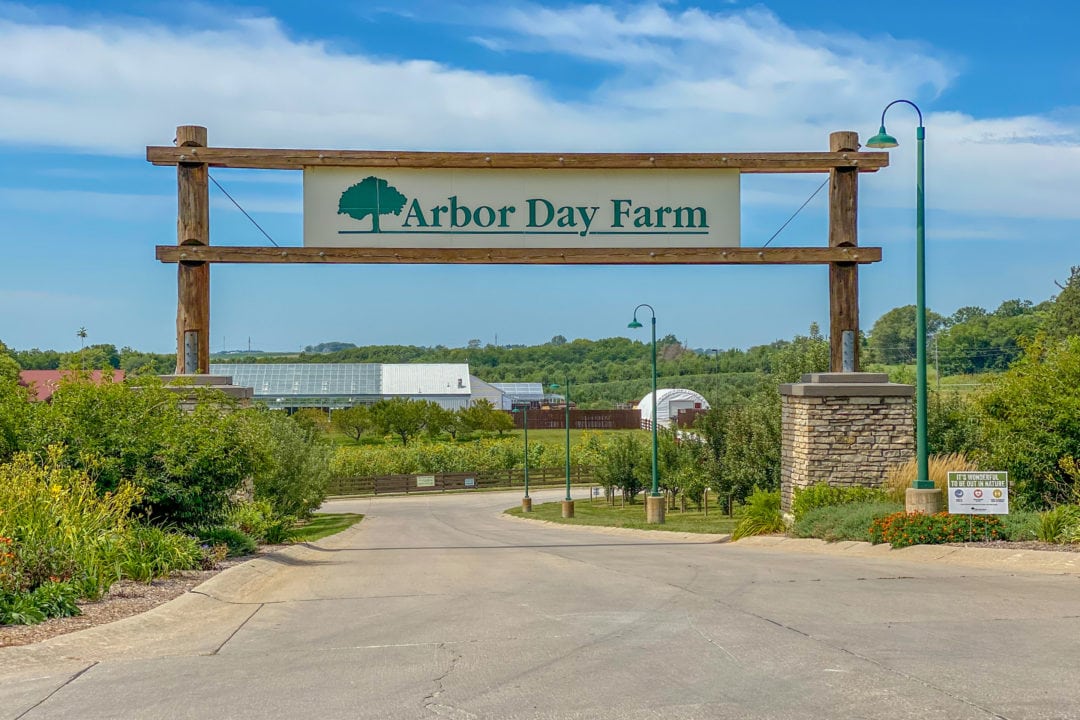
Conservation efforts
Arbor Day Farm is a fun day trip from Omaha, but the broader Arbor Day Foundation is a serious organization dedicated to the cause of conservation.
Each year, Arbor Day Foundation ships up to 3 million trees across the contiguous 48 states as part of its goal to showcase different conservation models that people may be able to take home and implement in their everyday lives. “Our orchard is a perfect conservation model as it’s a long-term project that preserves and stewards the land in a way that a row crop would not,” says Adam Howard, director of farm operations at Arbor Day Farm.
The organization is working to determine the long-term energy benefits that a tree’s shade provides over time. “According to where your home is located, we’ve developed the ability to demonstrate not only where to place a tree on your property, but we can also tell you what tree to plant according to where you live in America,” Howard says. The goal? Growing and distributing trees that will contribute to an energy-saving system. “In the winter, the way the sun gets directed through trees can help heat your home, and in summer, leaves can help to cool the home,” says Howard.
In addition to energy conservation, Arbor Day Foundation partners with organizations, institutions and government agencies across the country to address water conservation issues. Strategically planting trees in key areas reduces the risk of water erosion, a form of soil degradation caused when water moves soil and other natural minerals from one place to another.
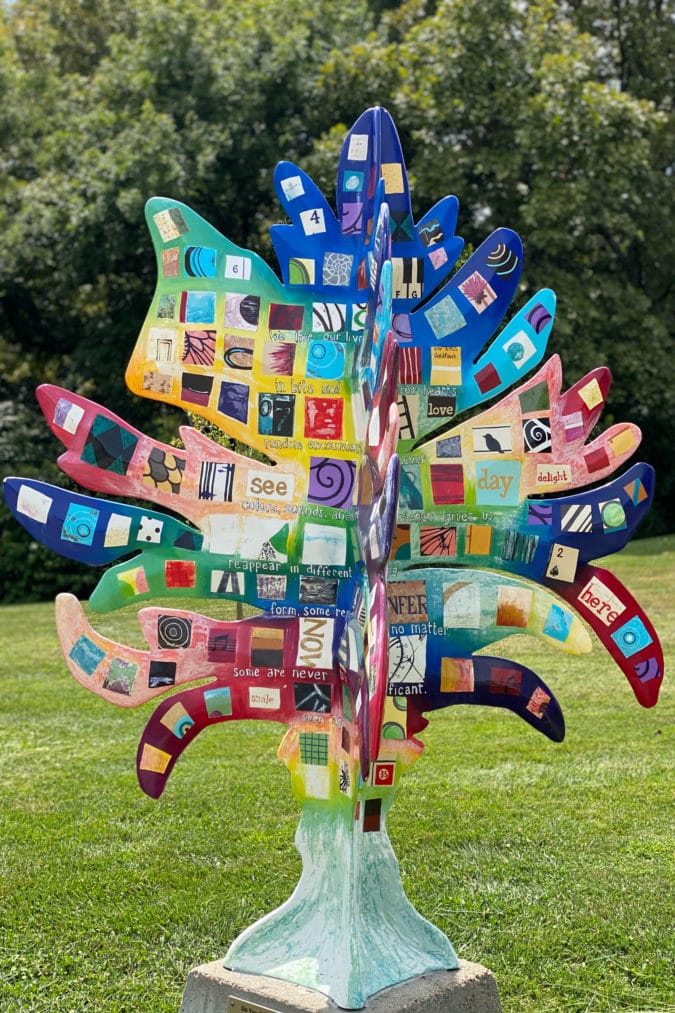
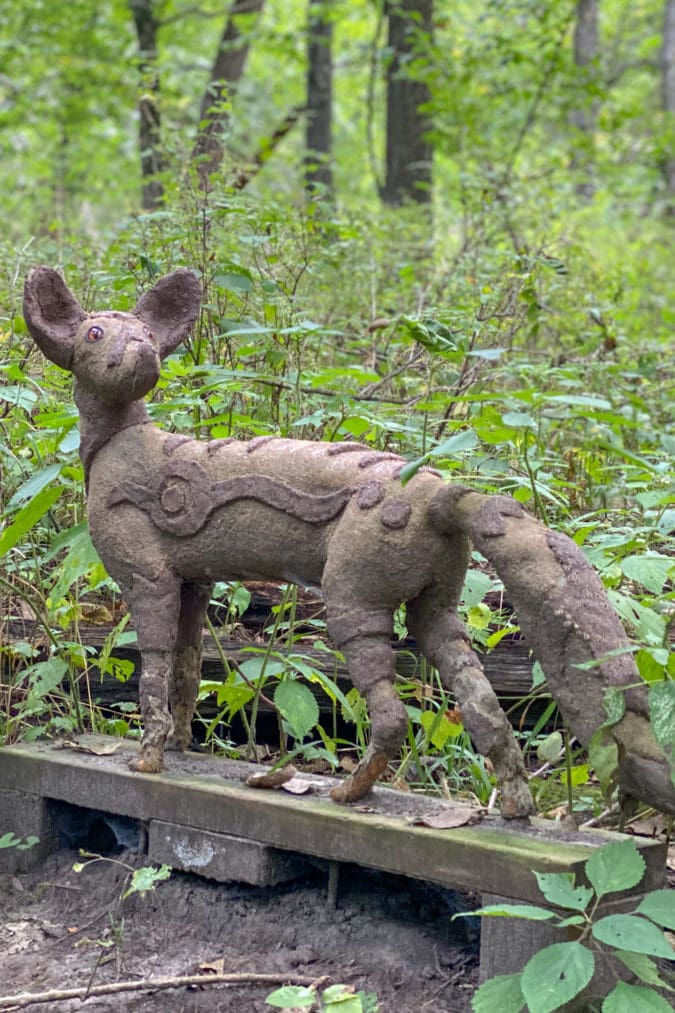
Wine and wagons
With a bit of planning, a visit to Arbor Day Farm can include everything from educational lectures to Victorian-themed weekends with lace making and parlor games. The farm sells hard ciders and wines made with apples and grapes grown in its orchards. Wine tastings are offered Tuesday through Sunday.
Each September, the farm hosts its annual AppleJack Festival and tempts attendees with caramel apples, apple cider slushies, apple doughnuts, and food truck fare featuring apple-themed dishes and desserts. Apple picking typically begins in early September and runs through mid-October, while pumpkin picking begins around mid-September. The farm typically also offers wagon rides through the orchards.
Autumn tends to be the most popular time to visit Arbor Day Farm but the grounds are open year-round and the farm is working on developing more off-peak seasonal activities. The Arbor Mansion is decorated and lit up for the holidays and the Lied Lodge hosts dueling pianos over New Year’s.
But even if you can’t make the celebration in person, you can always plant a tree—or better yet, millions.

